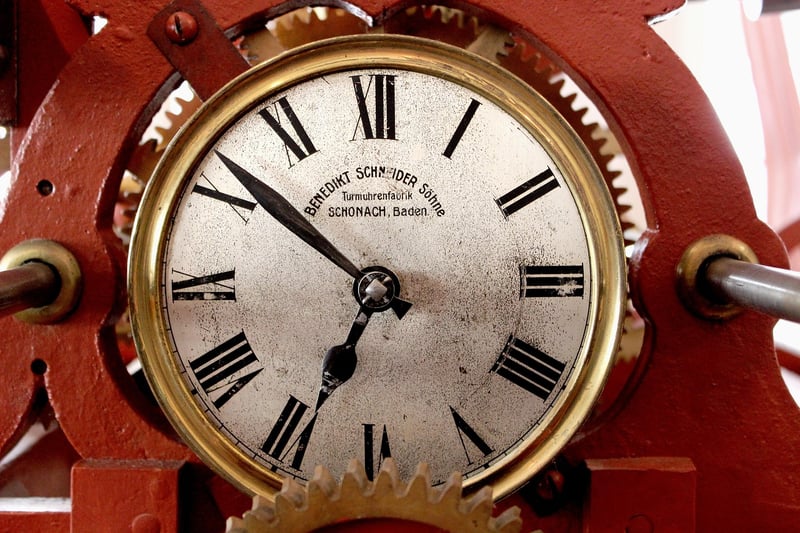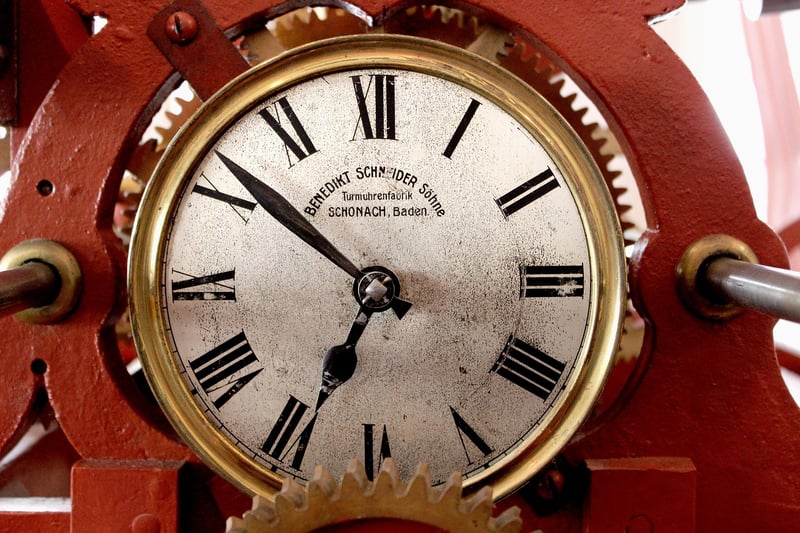Causal Loops
Exploring Time Disruptions and Causal Loops
Time disruptions and causal loops are fascinating concepts that have captured the imagination of many, from sci-fi enthusiasts to physicists. Let's delve into these intriguing ideas that challenge our traditional understanding of time and causality.
Time Disruptions
Time disruptions refer to events or phenomena that disrupt the normal flow of time as we perceive it. These disruptions can occur due to various factors, such as gravitational effects, high speeds, or even hypothetical scenarios like time travel. One famous example of a time disruption is time dilation, where time passes differently for observers in different frames of reference.

Types of Time Disruptions:
- Time Dilation
- Wormholes
- Closed Timelike Curves
Causal Loops
Causal loops, also known as closed causal loops or closed timelike curves, are sequences of events in which an event is both a cause and an effect of another event, creating a loop with no clear starting point. This concept raises questions about causality and the possibility of time travel influencing past events.

Characteristics of Causal Loops:
- No clear origin of events
- Events influencing themselves
- Challenge to cause-and-effect relationships
Conclusion
Time disruptions and causal loops offer intriguing insights into the nature of time and causality, pushing the boundaries of our understanding of the universe. While these concepts may seem like science fiction, they are rooted in theoretical physics and continue to inspire research and exploration into the mysteries of time.
For more information on related topics, check out Space.com.
